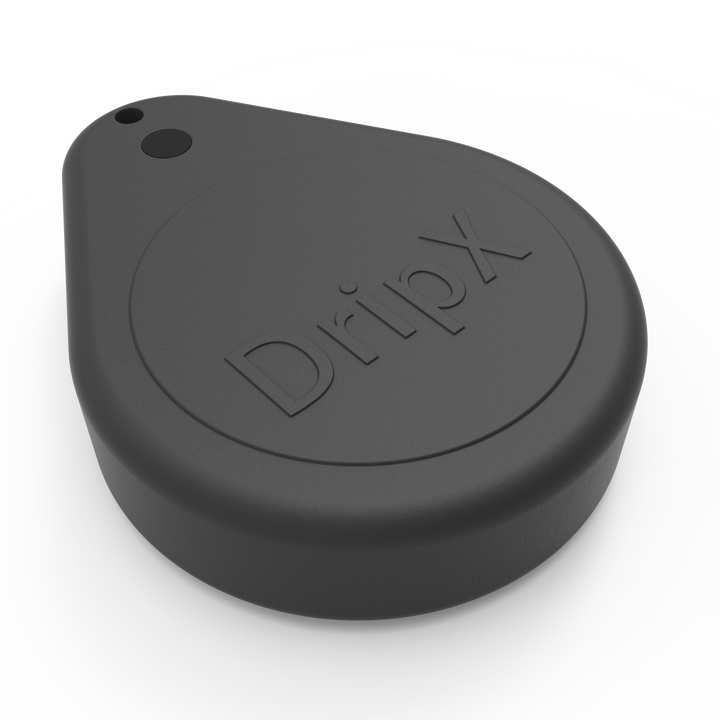
What Happens When You Flush the Toilet? Big Insights Revealed
Ever wondered what happens when you flush the toilet? This simple action sets off a chain reaction that involves plumbing, sewage systems, and water treatment plants. Understanding this process sheds light on our daily activities and their environmental impact. Let’s dive into the fascinating journey of a toilet flush, from the bathroom to its final destination.

The Journey Begins: From Bowl to Sewer Line
When you flush the toilet, water from the tank empties rapidly into the bowl, pushing waste through the trapway and into the main sewer line. This initial step might seem straightforward, but it’s a crucial part of the system.
In most modern homes, toilets are designed with a two-part flushing system. The first part involves the bowl, where water and waste exit your home. The second part is the tank, which refills and prepares for the next flush. The entire process is a testament to plumbing innovation.

Navigating the Sewer System
Once the waste leaves your home’s plumbing, it enters the municipal sewer system. Here, it travels through a network of pipes and tunnels. Gravity plays a significant role in guiding the wastewater through the system, although pumps assist in areas where gravity alone isnt sufficient.

The Role of Gravity and Pumps
Gravity is vital in wastewater movement, allowing sewage to flow downhill toward treatment facilities. In places where gravitational pull isn’t enough, pumps help move the waste. These systems are designed to prevent any backflow, ensuring wastewater continues its one-way journey.
Reaching the Treatment Facility
Eventually, the waste reaches a treatment facility. These plants are essential for removing contaminants and ensuring the water is clean enough to be released back into the environment.
The Stages of Wastewater Treatment
Wastewater treatment consists of three main stages: primary, secondary, and tertiary treatment. Each stage removes different types of contaminants, ensuring the water meets safety standards.
Primary Treatment: The First Line of Defense
During primary treatment, the wastewater is screened to remove large debris. It then goes through sedimentation tanks, where solid waste settles at the bottom, forming sludge. This sludge is later treated and disposed of.
Secondary Treatment: Breaking Down Organic Matter
The secondary treatment focuses on breaking down organic matter using aerobic bacteria. This process occurs in aeration tanks, where air is pumped into the water to encourage bacterial growth. The bacteria consume organic waste, leaving the water much cleaner.
Tertiary Treatment: Polishing the Water
The final stage, tertiary treatment, involves additional filtration and disinfection. This step removes any remaining contaminants and pathogens. The treated water is then safe to be released into rivers, lakes, or even reused for irrigation.
The Environmental Impact
Understanding what happens when you flush the toilet also involves considering the environmental impact. While modern sewer and treatment systems are effective, they still require significant energy and resources. It’s crucial to be mindful of what we flush and adopt sustainable habits.
Common Myths About Toilet Flushing
Myth-busting time! Many people have misconceptions about toilet flushing. Let’s address some of these:
Myth 1: Flushing Waste is Harmless
While the system is robust, flushing non-biodegradable items like wipes and plastics can cause severe blockages and environmental harm.
Myth 2: All Wastewater is Completely Recycled
Not all wastewater can be recycled to the same quality as drinking water. The recycling process is intensive and requires advanced technology.
Advanced Technologies in Wastewater Treatment
Technology plays a massive role in the efficiency of wastewater treatment plants. Innovations such as membrane filtration, UV disinfection, and advanced biosolids processing are making these systems more effective and environmentally friendly.
Importance of Regular Maintenance
Regular maintenance of your toilet and plumbing can prevent issues and costly repairs. Simple practices like avoiding flushing foreign objects and ensuring proper ventilation can go a long way. For more tips, check out these toilet tips.
What Can Go Wrong? Common Issues
Even with robust systems in place, things can go wrong. Blockages, leaks, and inefficiencies can occur, necessitating prompt action. Learn about specific issues like why toilets don’t flush properly.
Future of Wastewater Management
The future of wastewater management looks promising. Emerging technologies and increasing awareness are steering us toward more sustainable practices.
How You Can Help
Understanding what happens when you flush the toilet equips you with the knowledge to make a difference. Adopting sustainable flushing habits, ensuring proper disposal of non-biodegradable waste, and staying informed about wastewater treatment can collectively lead to tremendous positive change.
Toilet Maintenance Tips
Regular maintenance is key to minimizing environmental impact and ensuring the longevity of your toilet system. For practical tips, visit these maintenance tips.
Final Thoughts
Next time you flush the toilet, consider the entire journey from start to finish. This simple act is part of a complex system designed to protect public health and the environment.
For more insights into home design and maintenance, refer toarchitectural innovation.
FAQs
What should I avoid flushing down the toilet?
Non-biodegradable items such as wipes, plastics, and feminine hygiene products should be disposed of in the trash to avoid blockages and environmental harm.
How often should I maintain my toilet?
Regular maintenance should be conducted every 6-12 months to ensure efficient functioning and early detection of potential issues.
Is recycled wastewater safe?
Yes, recycled wastewater goes through rigorous treatment processes. While it may not always be safe for drinking, it is safe for irrigation and industrial purposes.
As an Amazon Associate, I earn from qualifying purchases.